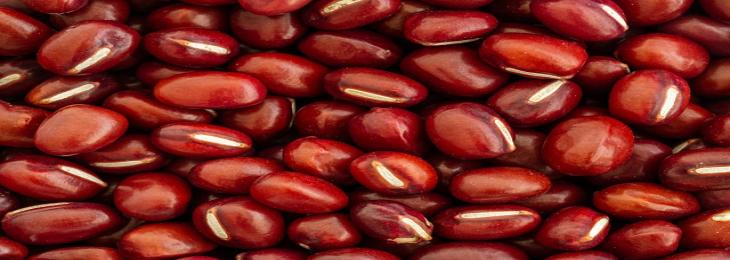
Leguminous plant make up the third biggest group of flowering plants and are incredibly different, going from minuscule spices to huge trees.
The broader study of the family tree for leguminous plant where the plant family consist of beans, soybeans, peanuts and other important crop plants that reveals a history of the whole-genome replications. The learning also helps to expose the development of genes included in nitrogen fixation which is a key characteristic and likely significant in the evolutionary spread and modification of beans and also vital for their use as “green manure” in the farming.
Subsequently to rebuild these trees the analysts from the Pennsylvania State University related the DNA design in excess of 1500 qualities from 463 diverse leguminous plant species. Leguminous plant make up the third biggest group of flowering plants and are incredibly different, going from minuscule spices to huge trees. These plants are necessary food crops for the humans and livestock which can be used as wood and have many other uses. These plants can also repair nitrogen, removing the vital nutrient from the atmosphere and tidying away it in Root nodules in a symbiotic connection with soil bacteria which make them essential as green manure to improve the health of the soil. It is the comprehensive study for a single plant family which went to its larger lengths to samples as many species as they could to get a broad representation of the leguminous plant family.
Therefore there are 19,000 types of plants, so to construct the genealogy, the group inspected a sequence of a gene from the transcriptomes that is the part of the genome that is stated as qualities of the majority of the 463 species and few shallowly sequenced the entire genomes from across leguminous variety. Thus the information support the awareness that nodulation and nitrogen repairing started a solitary time, in the history of leguminous plant and other related nitrogen repairing plants and the entire genome duplication occurrence at the beginning of legumes which may have been critical for the development of this process.






